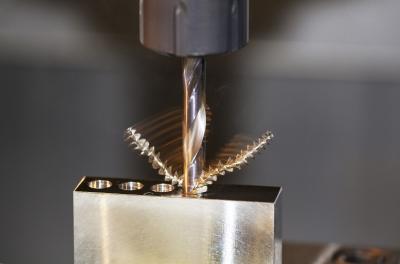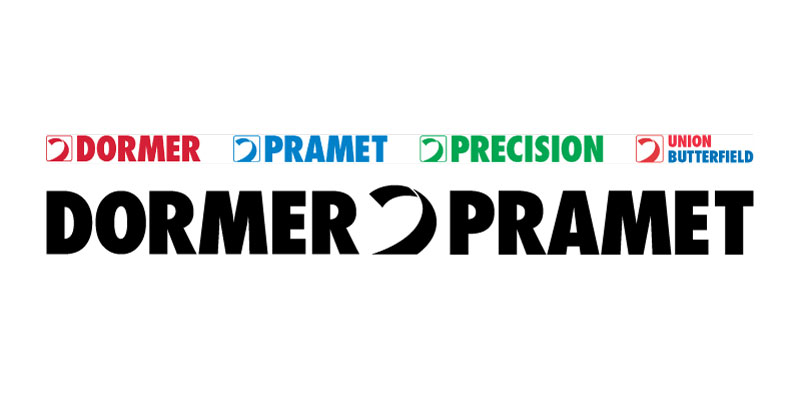
The Dormer Force X upgrades the Dormer MPX solid-carbide drill family with new geometry, corner design and edge preparation. The upgrade applies to the 3xD R457 and R458 and the 5xD R453 and R454, bringing them in-line with the newly launched 8xD R459.
With a TiAlN coating, the Force X is suitable for a range of machines and materials, such as stainless steel, alloy steels, cast iron and nonferrous materials. All Force X drills include Continuously Thinned Web (CTW) technology, a strong web design reducing thrust requirements during drilling. They also feature a unique edge preparation, protecting the cutting area and preventing premature chipping and flaking. A strong corner design across the range also increases stability and reduces the forces encountered when exiting the workpiece.
The micrograin carbide substrate, along with the TiAlN coating, offers high wear resistance and increased tool life, while the 140° split point geometry provides precise centering capabilities and low thrust forces, according to the company.
Offering both solid and coolant-feed options to improve cutting efficiency and chip evacuation, the new Force X range offers high productivity and improved performance.
Contact Details
Related Glossary Terms
- alloy steels
alloy steels
Steel containing specified quantities of alloying elements (other than carbon and the commonly accepted amounts of manganese, sulfur and phosphorus) added to cause changes in the metal’s mechanical and/or physical properties. Principal alloying elements are nickel, chromium, molybdenum and silicon. Some grades of alloy steels contain one or more of these elements: vanadium, boron, lead and copper.
- centering
centering
1. Process of locating the center of a workpiece to be mounted on centers. 2. Process of mounting the workpiece concentric to the machine spindle. See centers.
- edge preparation
edge preparation
Conditioning of the cutting edge, such as a honing or chamfering, to make it stronger and less susceptible to chipping. A chamfer is a bevel on the tool’s cutting edge; the angle is measured from the cutting face downward and generally varies from 25° to 45°. Honing is the process of rounding or blunting the cutting edge with abrasives, either manually or mechanically.
- titanium aluminum nitride ( TiAlN)
titanium aluminum nitride ( TiAlN)
Often used as a tool coating. AlTiN indicates the aluminum content is greater than the titanium. See coated tools.
- wear resistance
wear resistance
Ability of the tool to withstand stresses that cause it to wear during cutting; an attribute linked to alloy composition, base material, thermal conditions, type of tooling and operation and other variables.
- web
web
On a rotating tool, the portion of the tool body that joins the lands. Web is thicker at the shank end, relative to the point end, providing maximum torsional strength.

